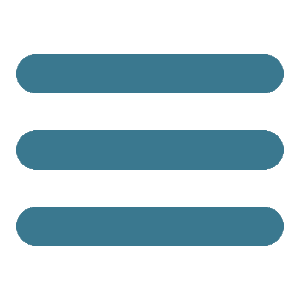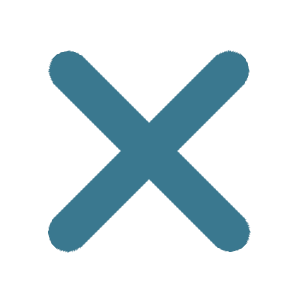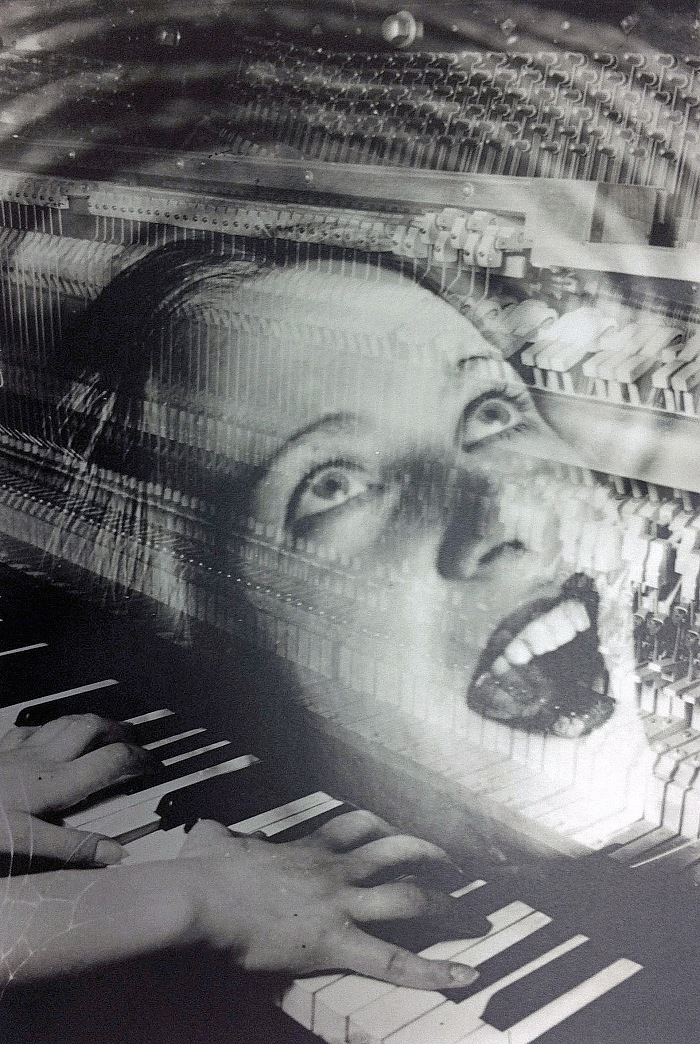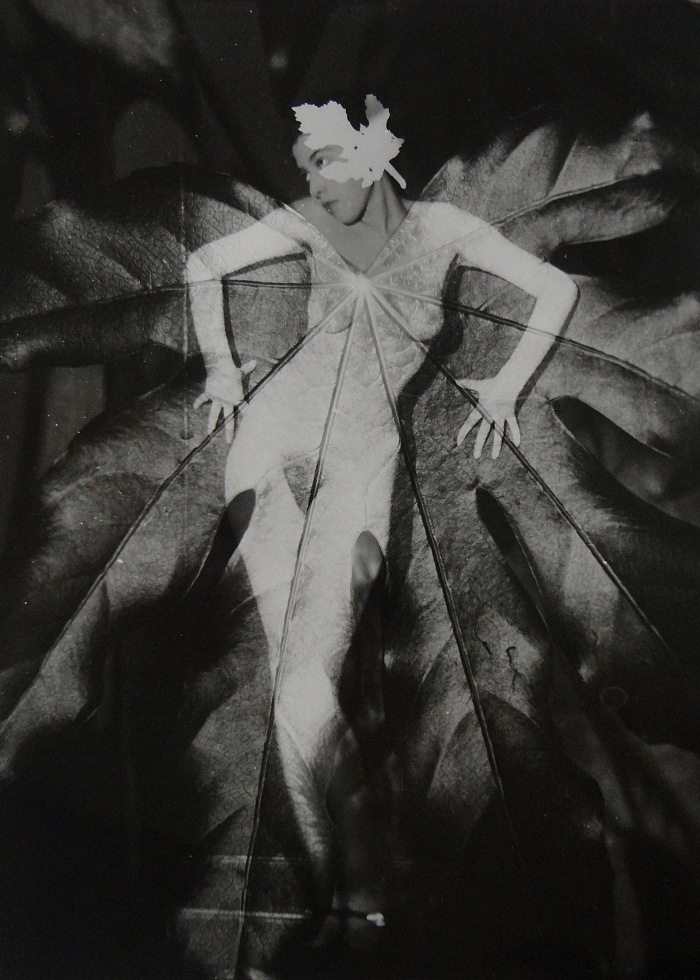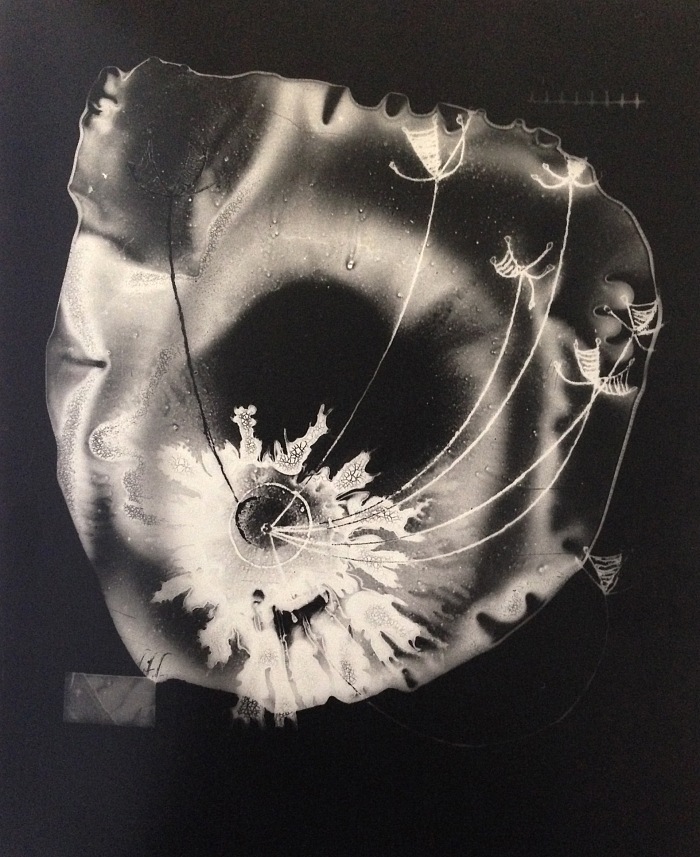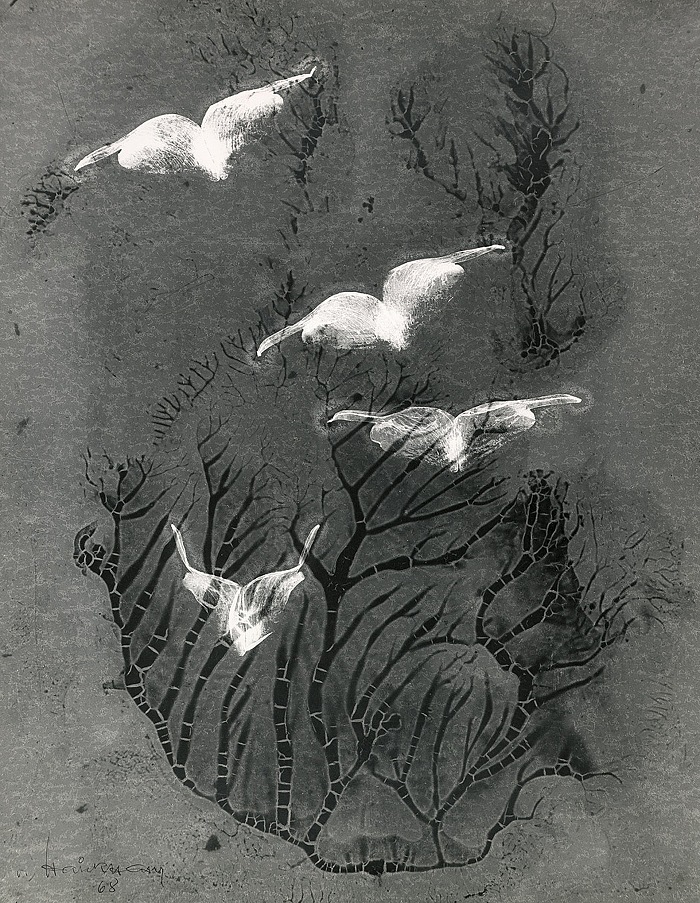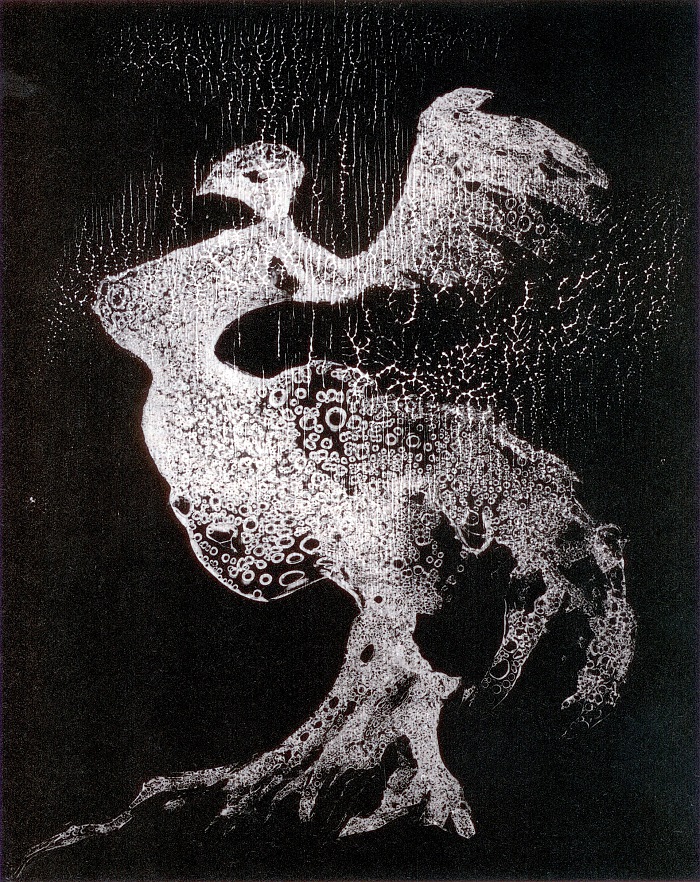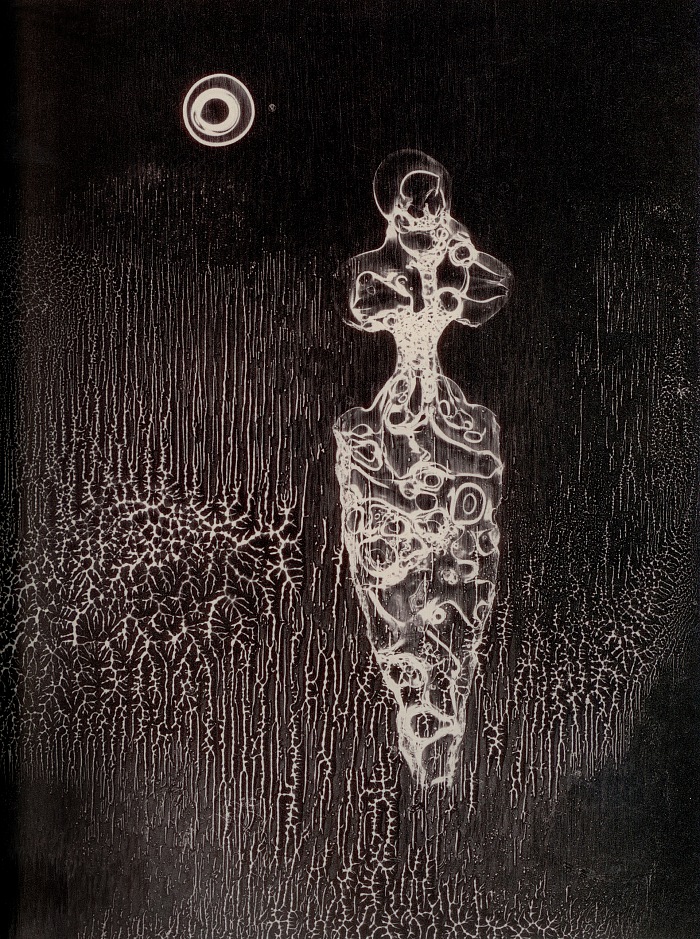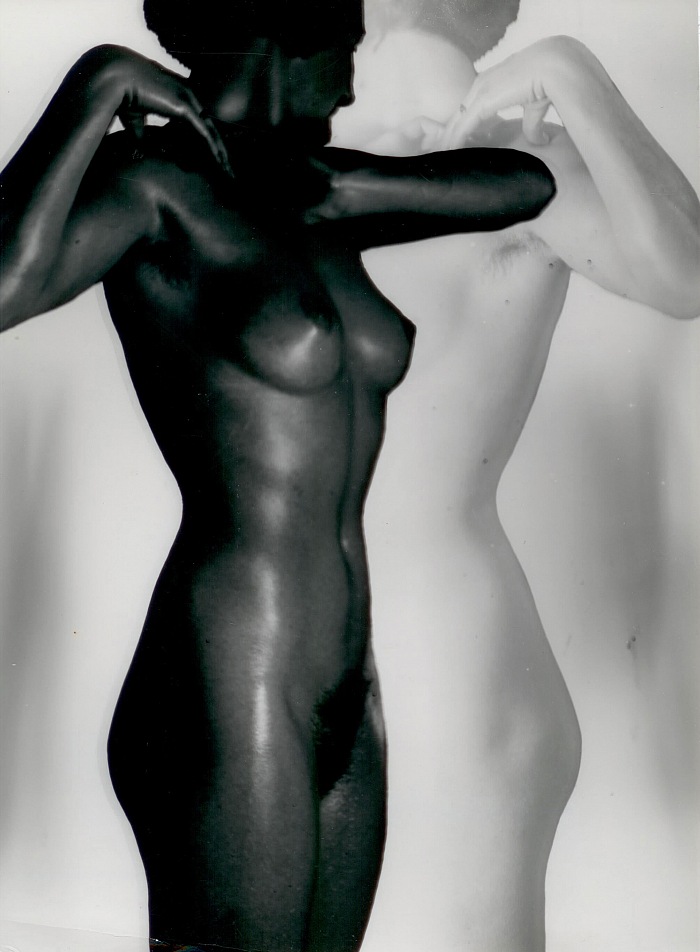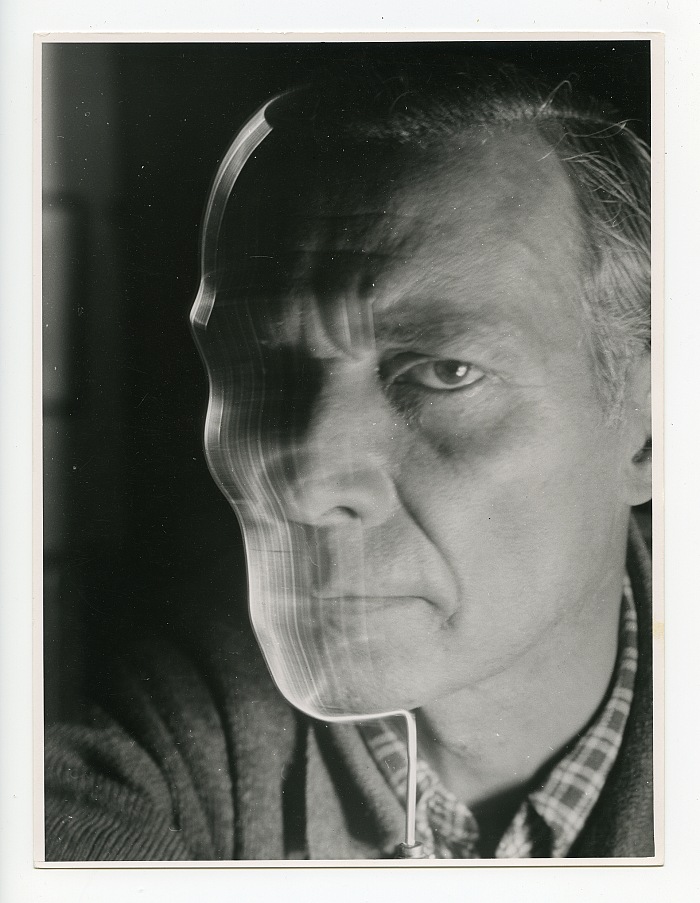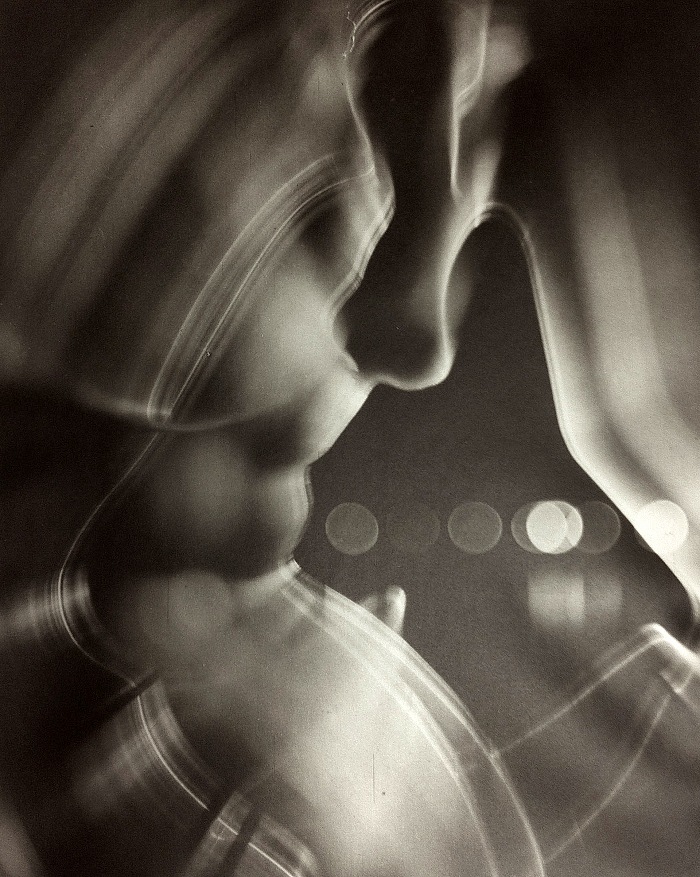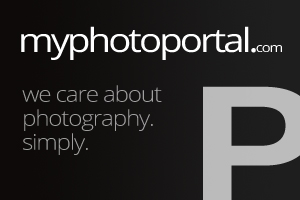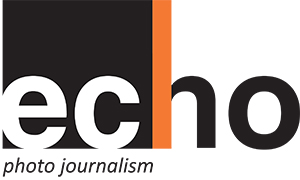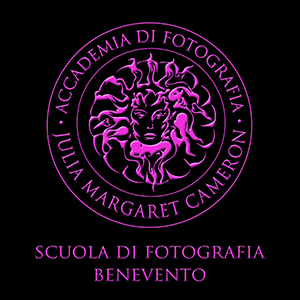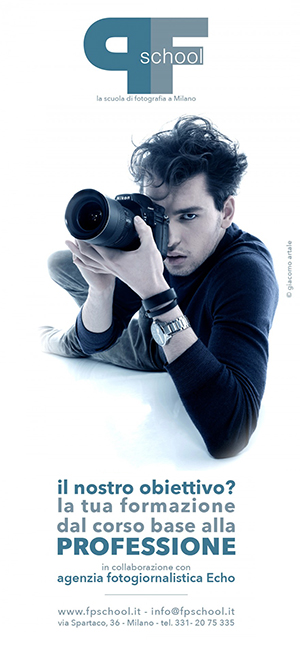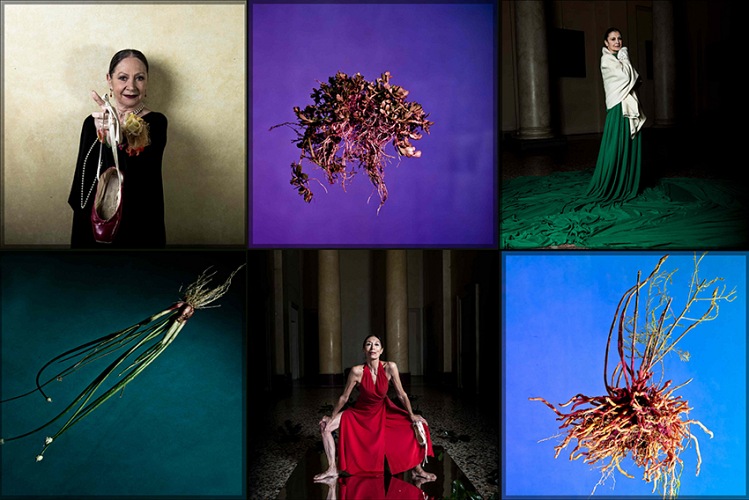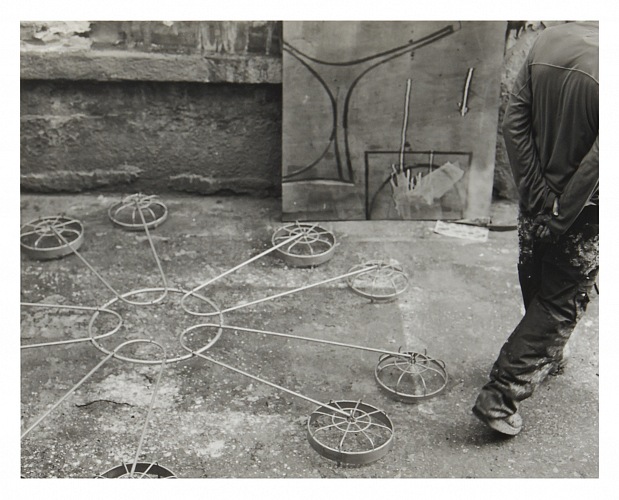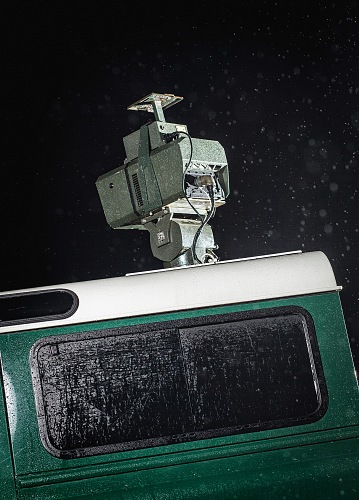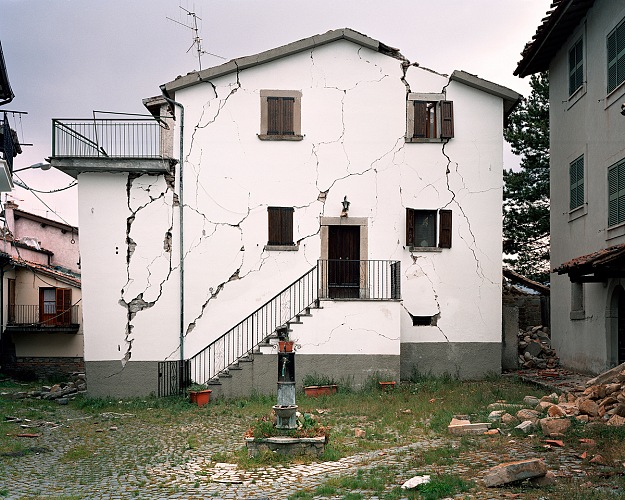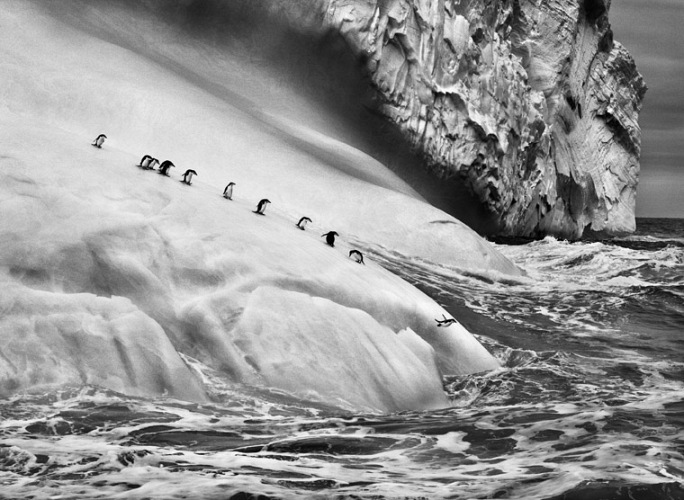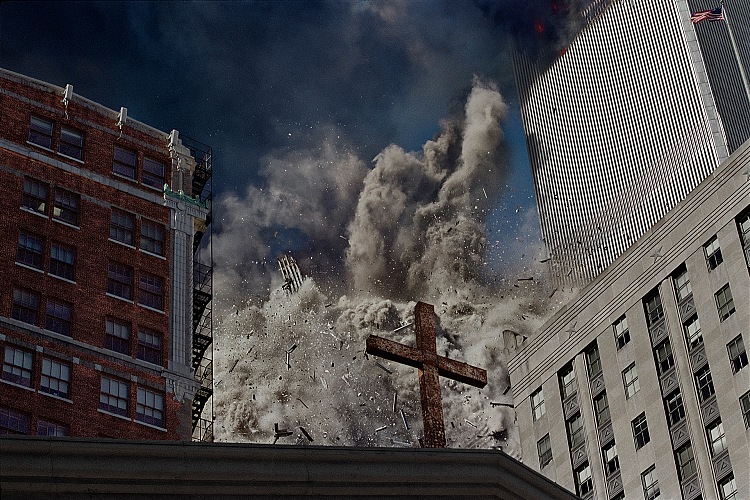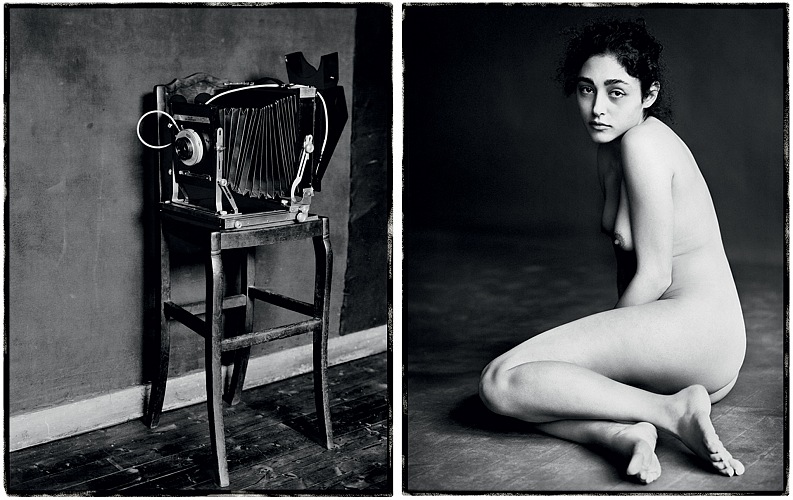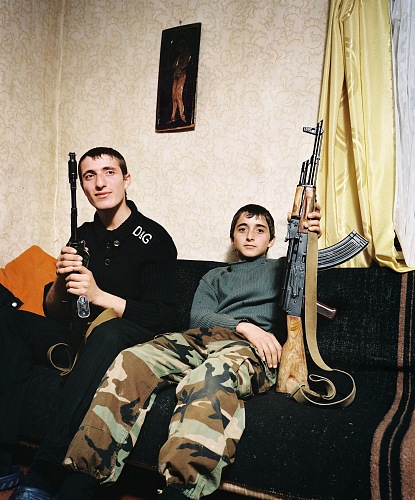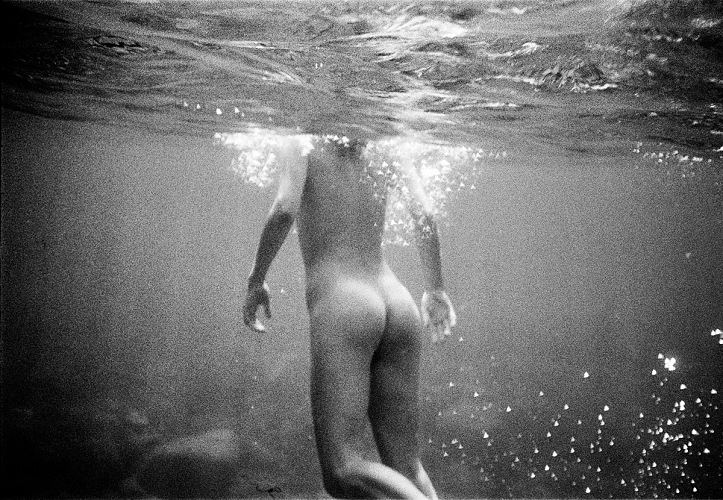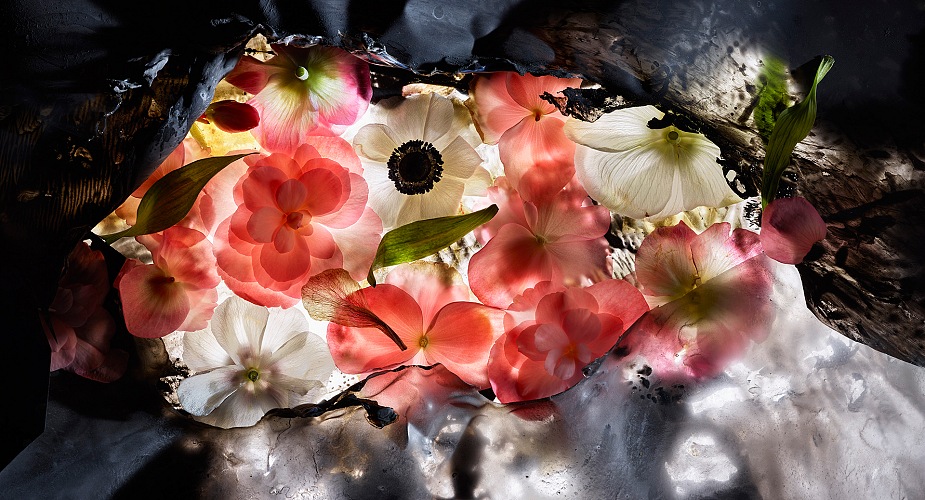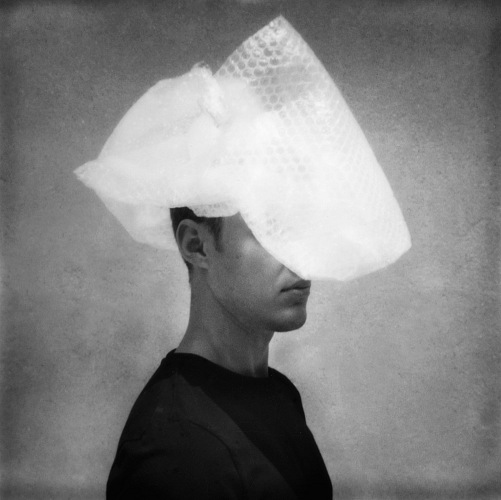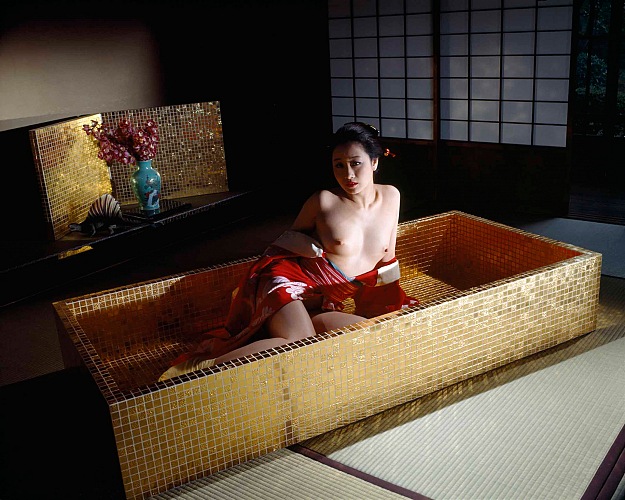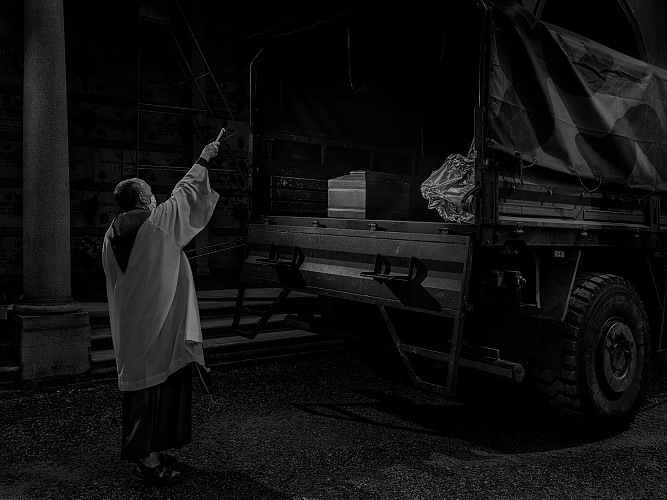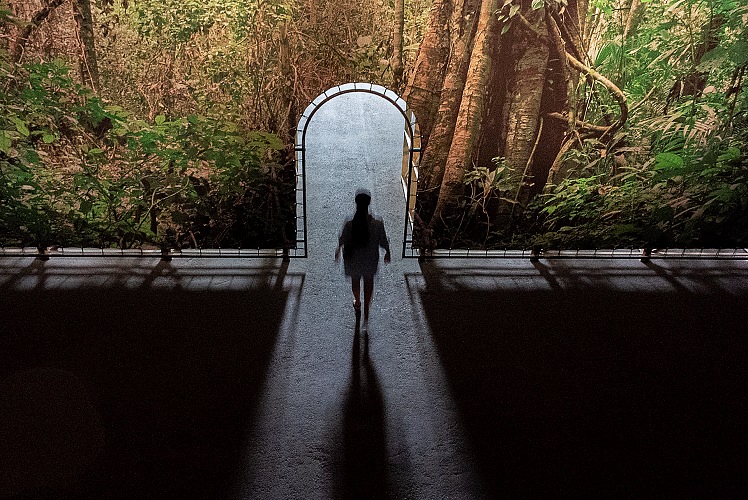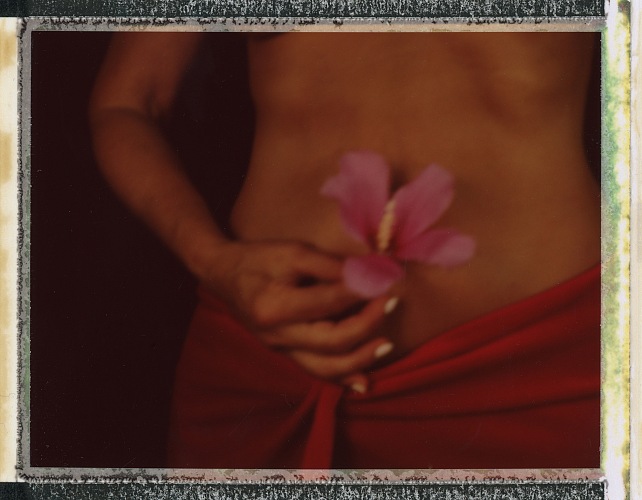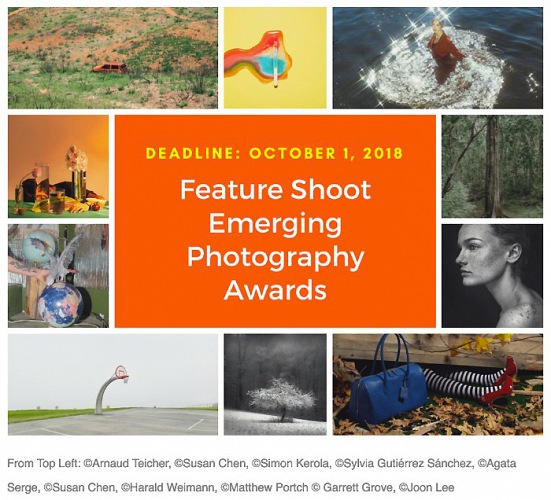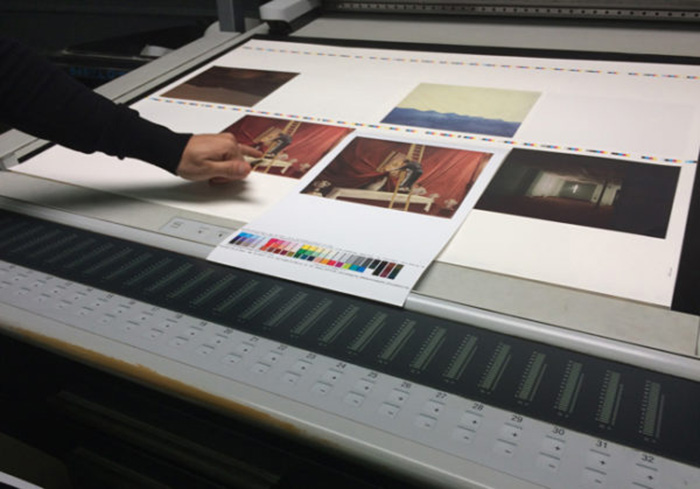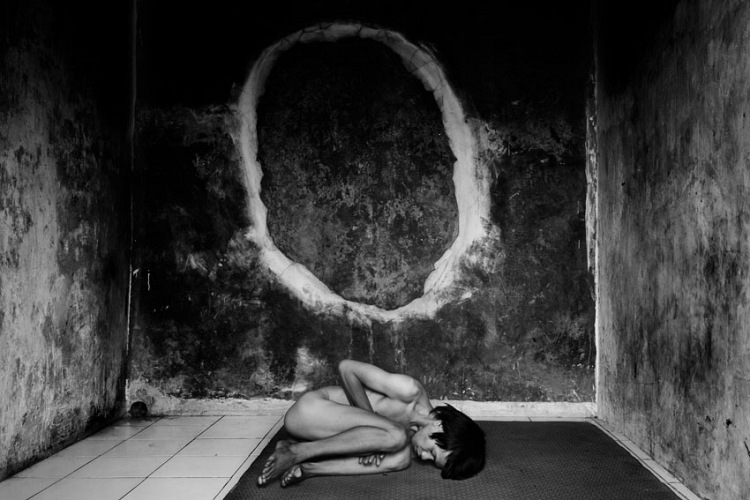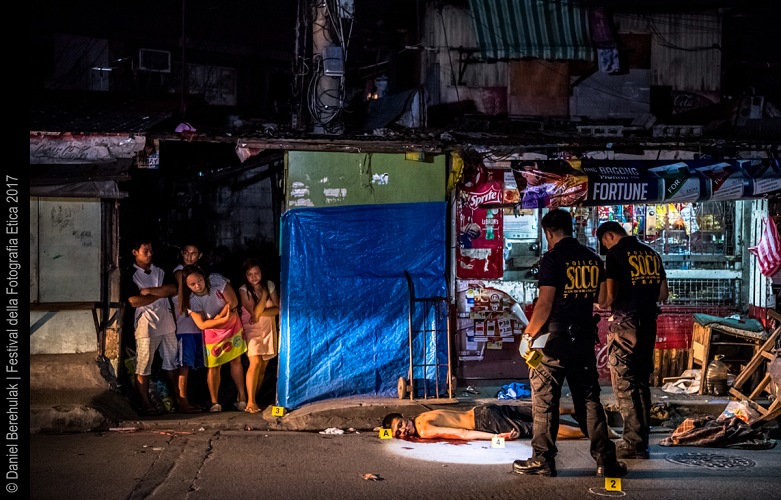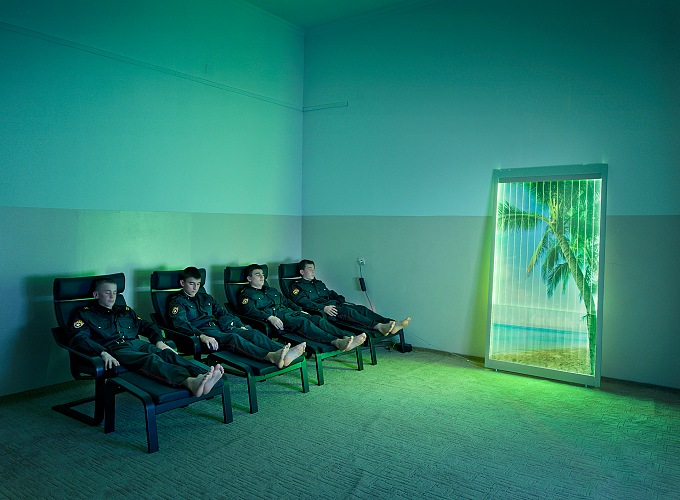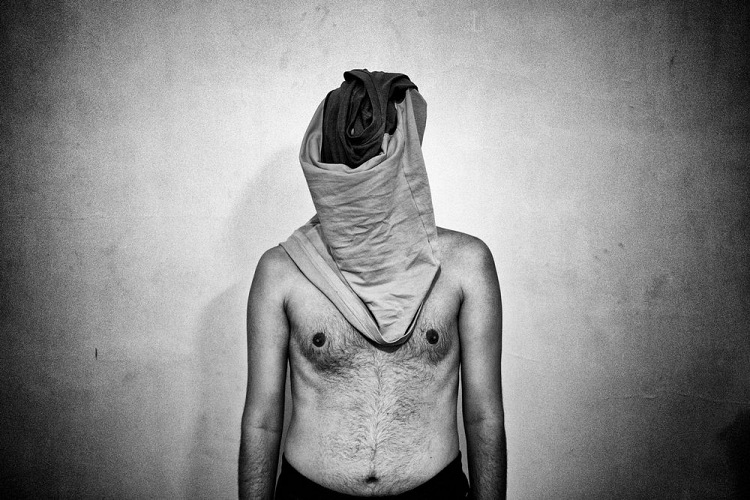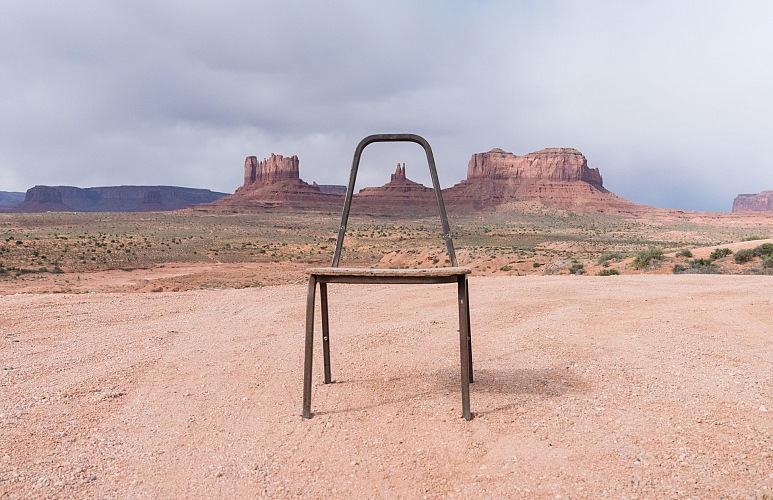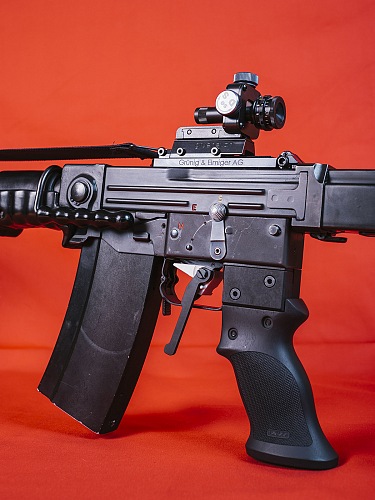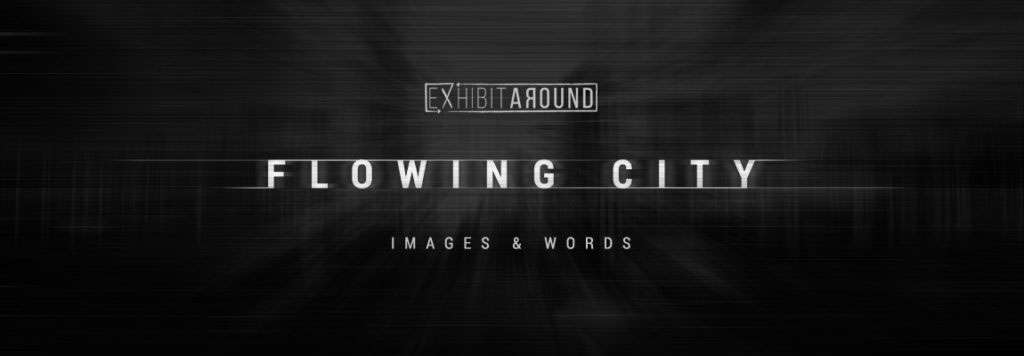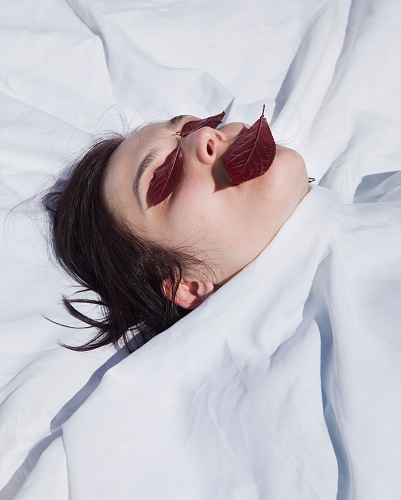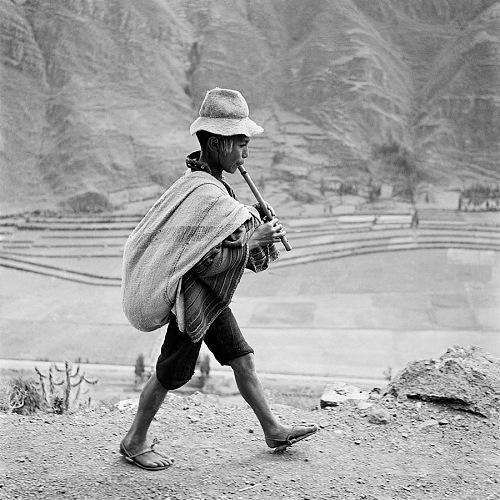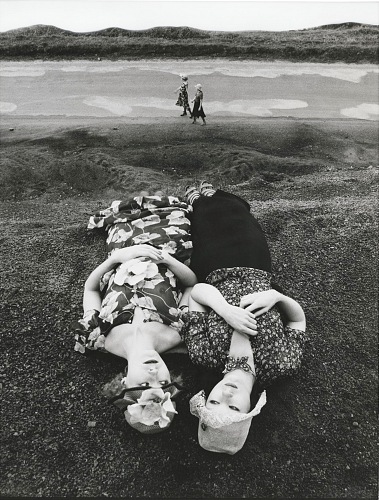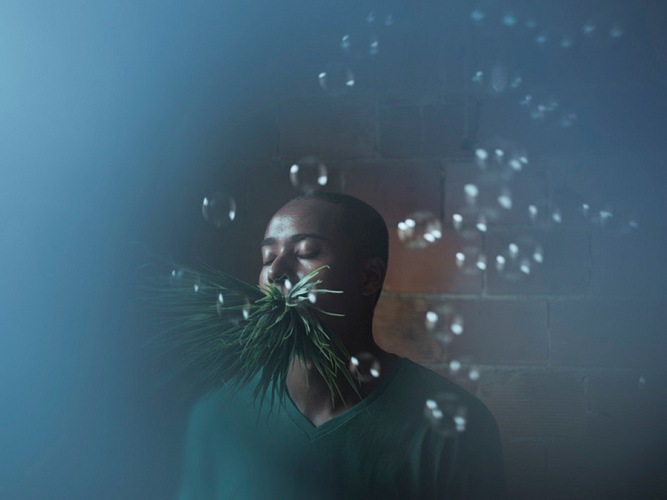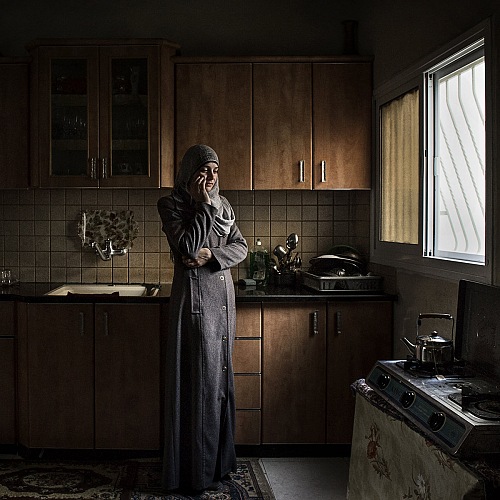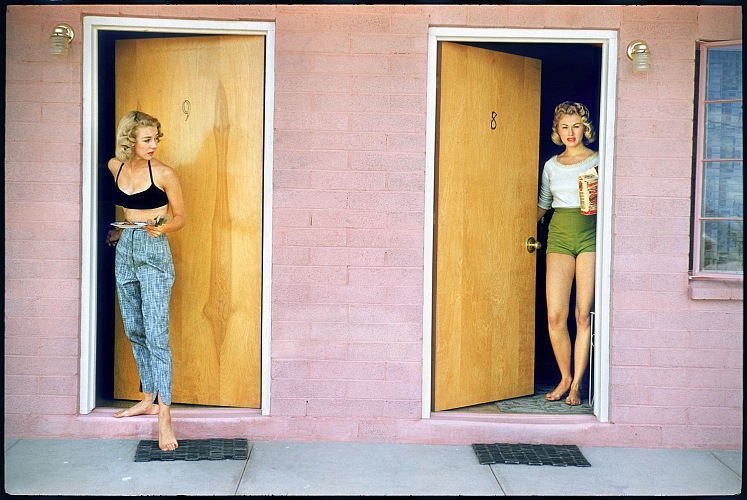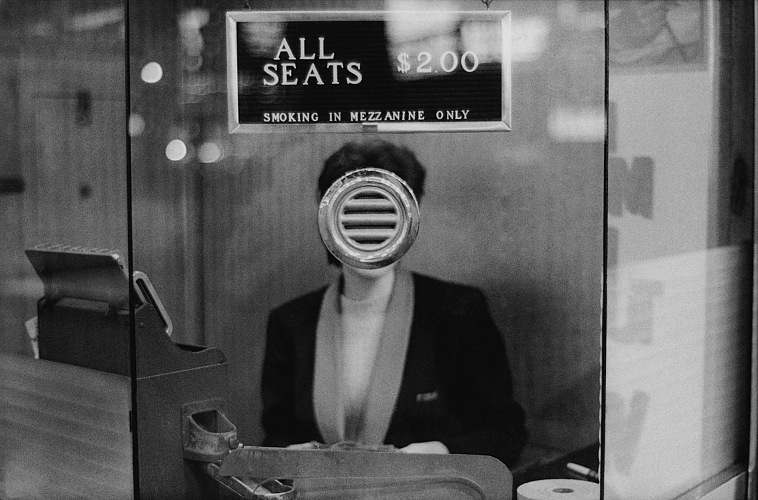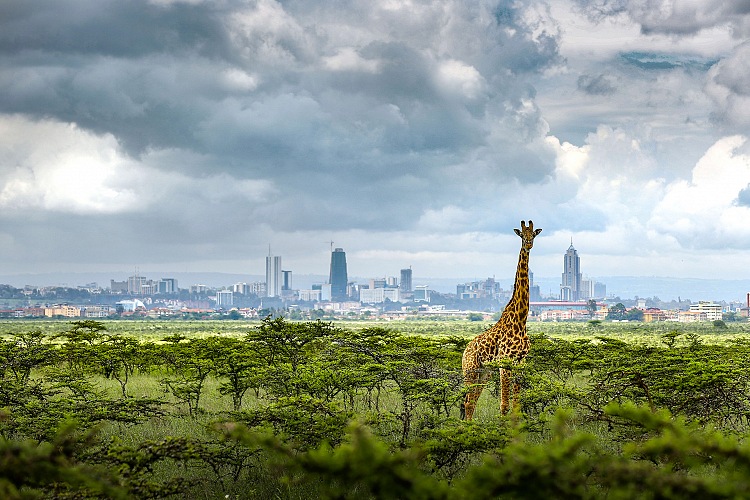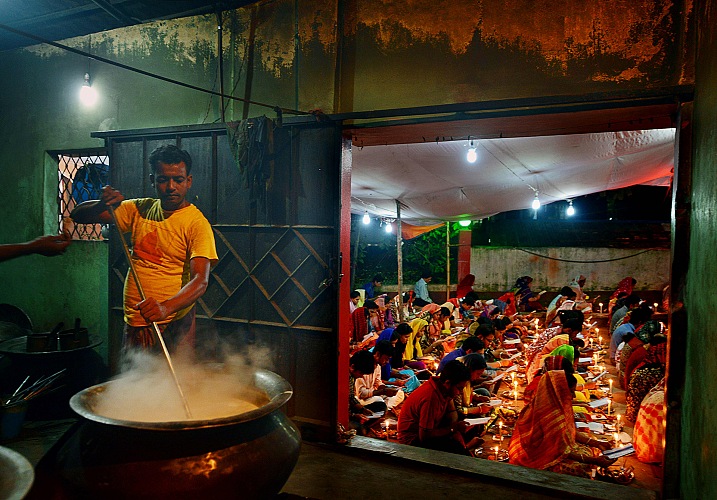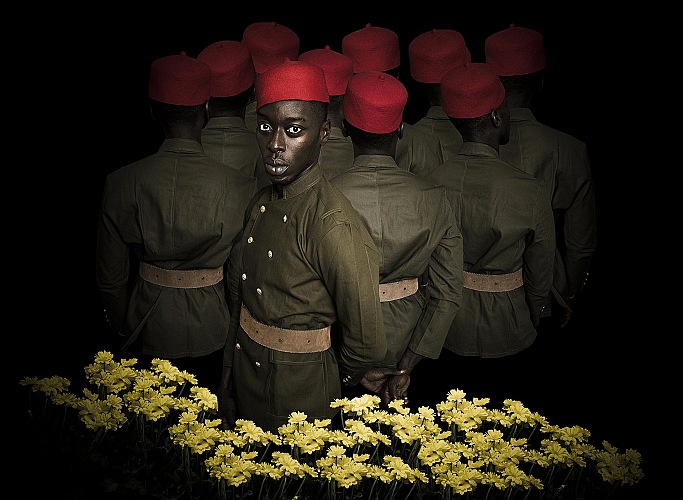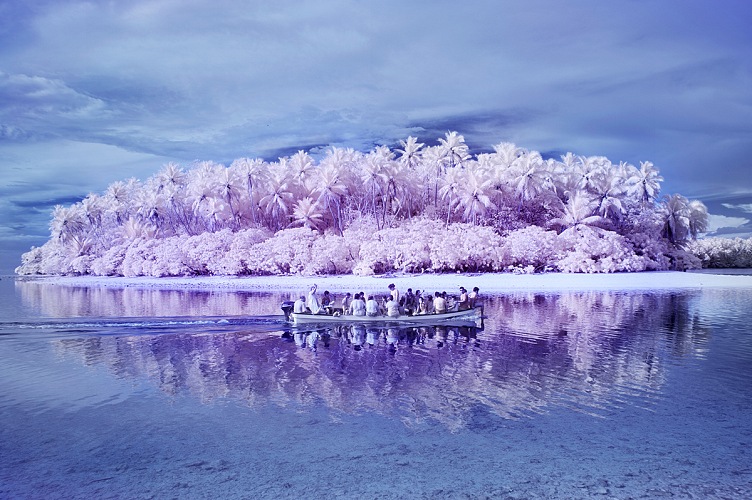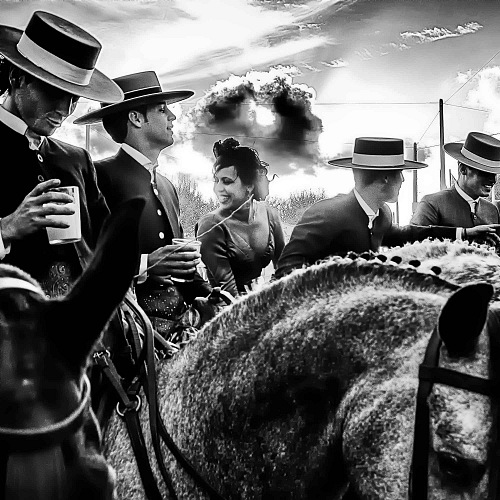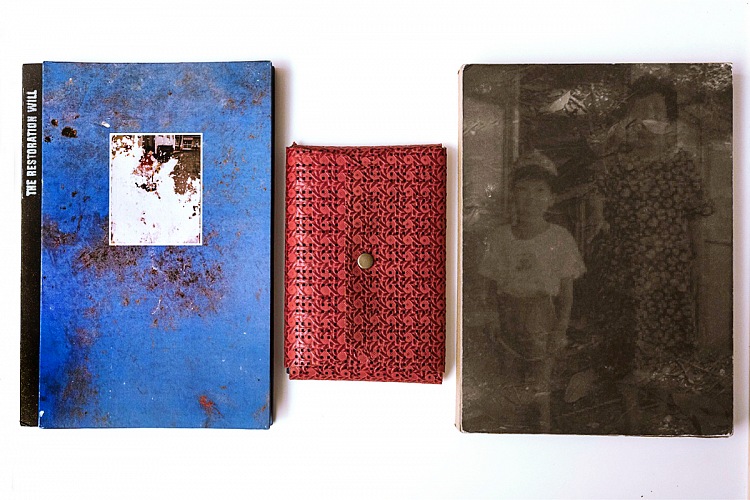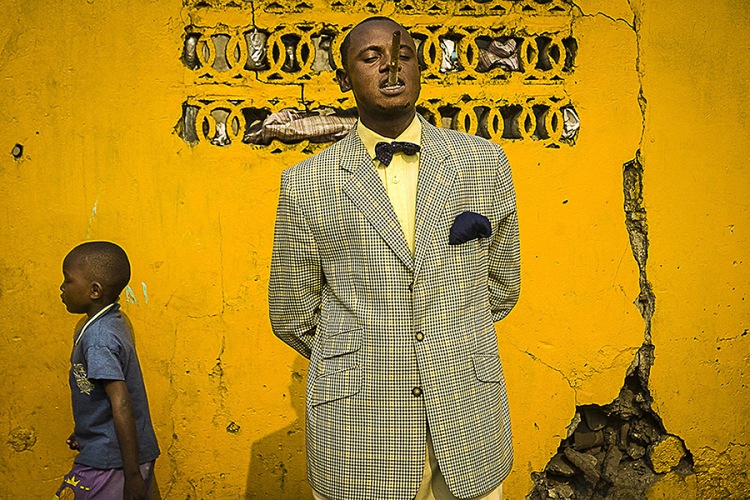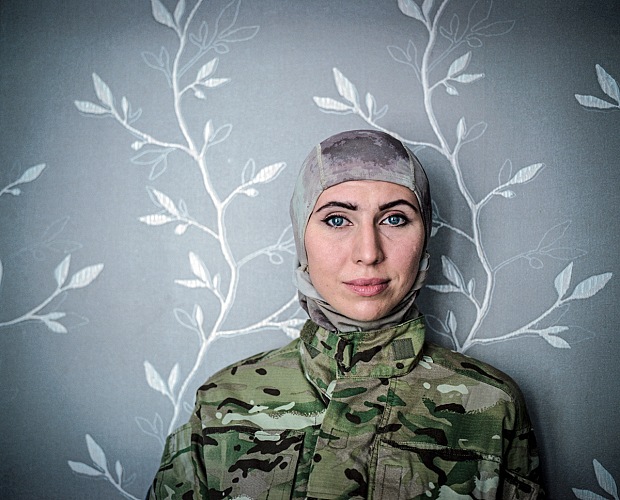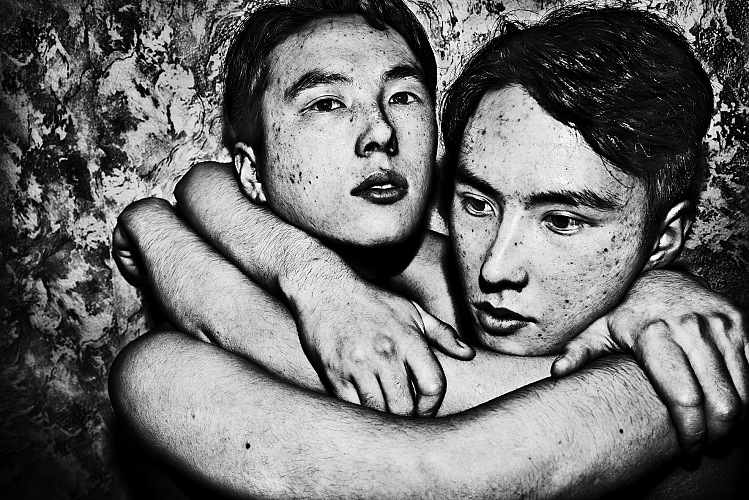Heinz Hajek-Halke
The Galleria Carla Sozzani, in collaboration with the Archiv der Akademie der Künste in Berlin and Eric Franck Fine Art in London, is pleased to present the work of Heinz Hajek-Halke for the first time in Italy. The exhibition features a selection of his most extraordinary vintage photographs, manipulations of form, light and movement printed between the Thirties and the Seventies.
Heinz Hajek-Halke, born in Berlin in 1898, is almost unknown to the general public, but is one of the pioneers of German photography in the Twentieth century whose strong personality blazed the trail for photographers of the last century. After spending his childhood in Argentina, in 1910 he returned to Berlin and reunited with his father Paul Halke, a painter and a cartoonist, who became his first drawing teacher, and he began to study art at the Academy of Fine Arts. Forced to leave school in 1916 for the First World War, in 1918 he resumed his studies with the painter Emil Orlik and then lessons with Hans Baluschek, whom he considered more progressive and less conventional. In 1923 he began work as a press photographer for the news agency Press-Photo, and began experimenting with several techniques: photomontage, double exposures, collage. During this golden age of photojournalism, he collaborated with the great photographers Willi Ruge and Else Neuländer (Yva) to develop more and more complex images. His work was in demand by the most famous magazines of the Weimar Republic. During the Second World War he moved to Switzerland and Lake Constance, where he began to explore the scientific field of insect-biology through photography. In 1949 he became a founding member of Fotoform, the Avant-garde group founded by Otto Steinert and, six years later, he started teaching photography and graphics at the University of Arts in Berlin. In the mid-50s, he focused his work in the darkroom using the techniques of the camera obscura, following in the footsteps of Man Ray and Laszlo Moholy Nagy. Spreading on a glass support materials like glue, varnish, soot, wire, fish bones, glass shards and other found objects or substances, he created a series of accidents on his negative plate, but by his knowledge of the chemical and mechanical techniques, he was able to replicate images during the printing process in the darkroom. The forms previously generated on the glass support, enlarged, became a detailed macrocosm fixed on paper: these experiments have been termed Lichtgrafik. While searching for new forms continuously, Halke built structures with flexible wires called the Drahmontage, which he mounted on specially lighted turntables. Their whirling motion, together with the light shifting during the shooting time, provokes from the original structures the final complex shapes. These numerous experiments, and their physical and chemical processes, became a kind of alchemical research; a sort of gray area between art and science where Heinz Hajek-Halke, an enigmatic individualist and curious anarchist, moved and guided his imaginary with technical rigor. «Two difficult aspects that have always overshadowed my character: defiance and curiosity – he once said – To put it more elegantly: a thirst for knowledge. And so it came to pass that I became a photographer in spite of a background in academic painting; and remained a painter in spite of being a photographer». Ten years before his death in Berlin in 1983, Heinz Hajek-Halke, without heirs, donated his complete body of work to his friend, the photographer Michael Ruetz who, after archiving the estate, donated it to the Archiv der Akademie der Künste in Berlin, to which it still belongs.
The exhibition Heinz Hajek-Halke will be inaugurated on Saturday February 6th, 2016, from 3 pm to 8 pm.
Heinz Hajek-Halke
Galleria Carla Sozzani, corso Como, 10 – Milan (Italy)
7 February – 3 April 2016
opening times: every day, 10,30 am - 7,30 pm | Wednesday and Thursday, 10,30 am - 9,00 pm
admission fee: free
info: +39 (0)2 653531
galleria@galleriacarlasozzani.org
www.galleriacarlasozzani.org
– – –
[ INTERNAL RESOURCES ]
◉ [ exhibitions ] Steve Hiett. Beyond Blonde
[ EXTERNAL RESOURCES ]
◎ Die Akademie der Künste, Berlin
◎ Galleria Carla Sozzani
published on 2016-02-02 in NEWS / EXHIBITIONS
GalleriaCarlaSozzanimore in EXHIBITIONS
categories
EXHIBITIONS CONTEST WORKSHOP EVENTS MELTINGPOT BOOKS PORTFOLIO VIDEO ONGOING THEMATICPATHS YTOI OPINIONS FPART COVER READINGIMAGES SMARTFOLIO FPBLOG FPLAB
recent news
FPmag
editor in chief Sandro Iovine | sandro.iovine@fpmagazine.eu - senior writer Stefania Biamonti - web developer Salvatore Picciuto | info@myphotoportal.com - linguistic coordination Nicky Alexander - translations Nicky Alexander, Rachele Frosini - contributor Davide Bologna, Mimmo Cacciuni Angelone, Laura Marcolini, Stefano Panzeri, Pio Tarantini, Salvo Veneziano - local Lazio correspondent Dario Coletti local Sardinian correspondent Salvatore Ligios - local Sicilian correspondent Salvo Veneziano - editorial office via Spartaco, 36 20135 Milano MI | redazione@fpmagazine.eu - phone +39 02 49537170 - copyright © 2015 FPmag - FPmag is a pubblication of Machia Press Publishing srl a socio unico, via Cristoforo Gluck, 3 20135 Milano MI - VAT no. 07535000967 C.F. (TAX code) 07535000967 - Copyright © 2015 FPmag - Registered at Tribunale di Milano No. 281 on the 9th September 2014
